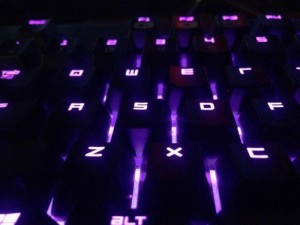Flashback to 16 years ago: Nintendo has just published the second title in its Super Smash Bros. series, Super Smash Bros. Melee. Ring any bells from years past? Melee has over these 16 years become one of the most beloved “have your friends over and beat the snot out of each other” games of all time.
Surprisingly, this game—and series—has stood the test of time and has evolved into one of today’s top esports.

As I did research into the competitive Melee scene, I discovered a fatal flaw that could prevent the series from staying at the top of the tables in the upcoming years. Take a game like League of Legends, for example—top esport, huge viewer base, and a solid foundation for the competitive scene. Switch back to Melee and you have a growing esport and a growing viewer base, but hardly any structure or foundation at all. Players are signed on to teams like in any other game, but there are so many tournaments going on at once that you have players constantly scattered across North America at these events.
This isn’t only a problem for the players who have to travel constantly; it’s a problem for the viewers who hardly ever have a single stream to watch or a noticeable tournament to pay attention to. It’s also why I haven’t covered the game for so long, as it’s near impossible to even figure out what the largest events in the scene are or what player is worth watching. What the game really needs for it to take off and provide a stable starting point for its future is a proper league system.
Now this doesn’t just apply to Melee; the other games in the Smash Bros. series also have this issue. If the series hopes to last among the other game giants, someone somewhere will need to set up a proper league for the players, be it singles or doubles match-ups. As a game that holds great nostalgia for me, seeing something like this in place to help keep the series strong would be a very nice gift from Nintendo— or from some of those rich tournament organizers.
